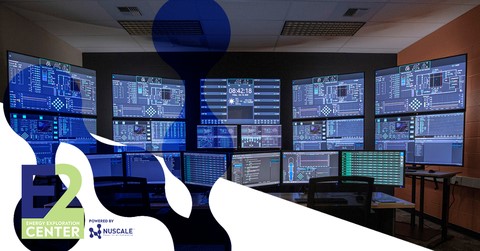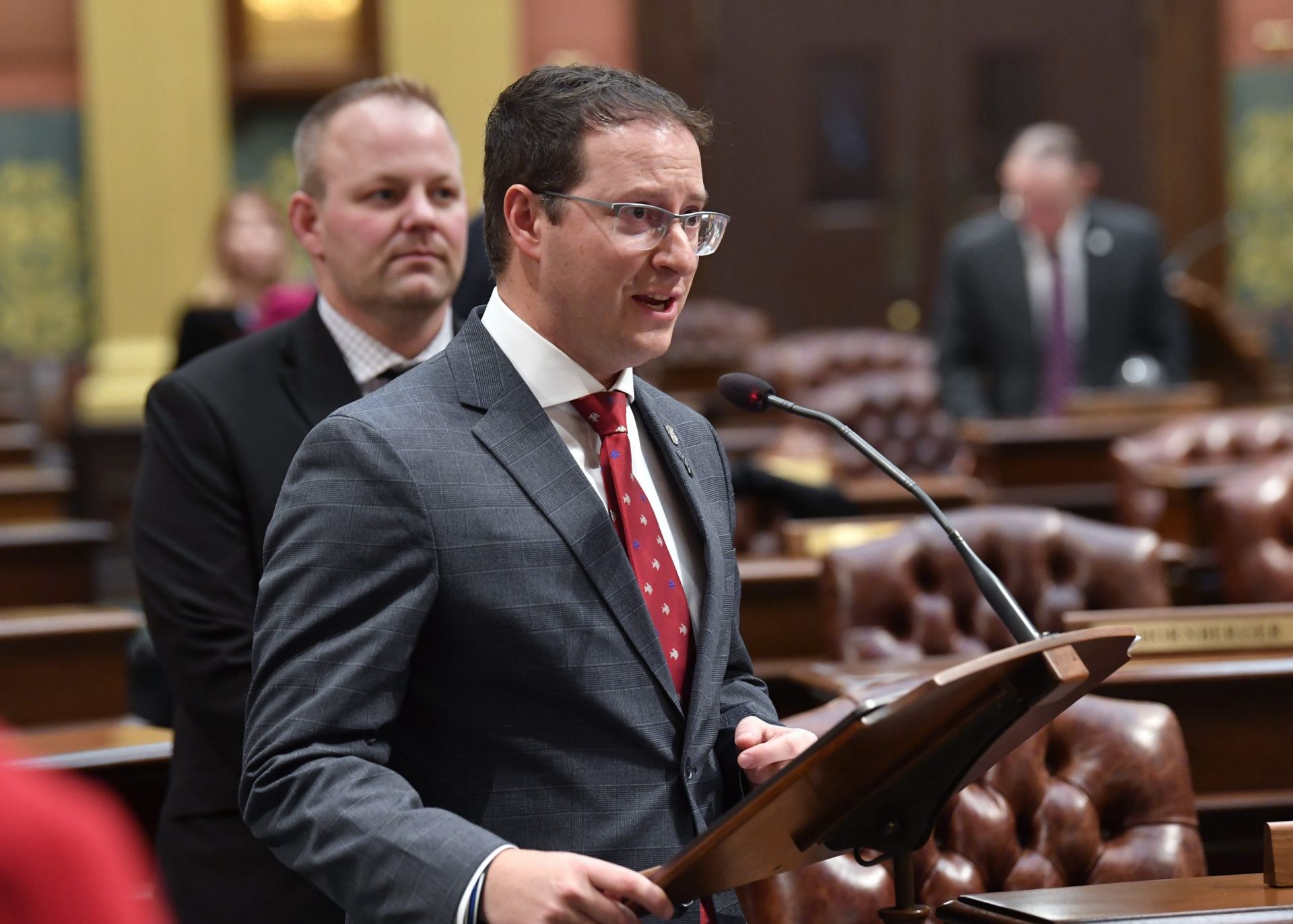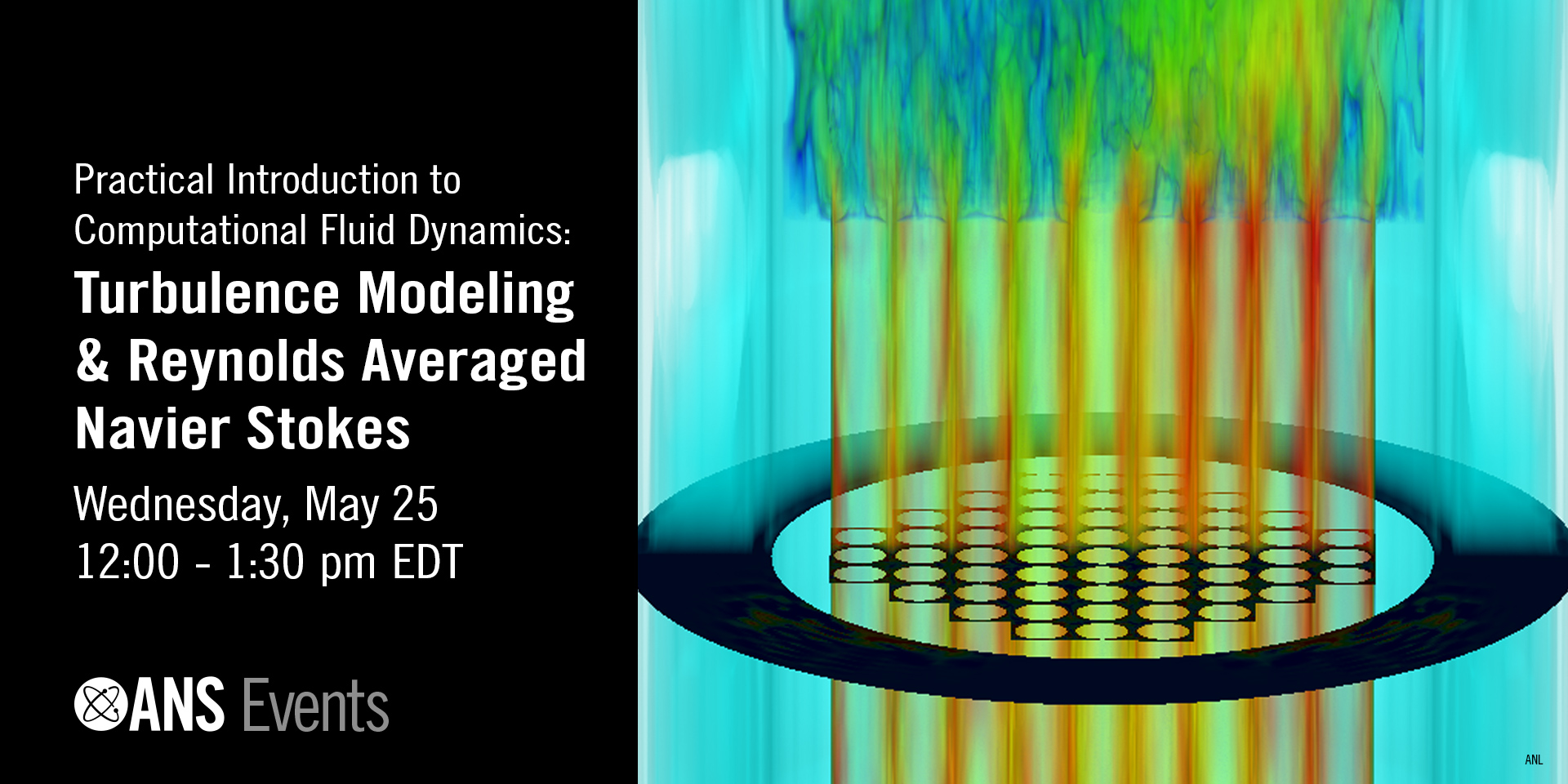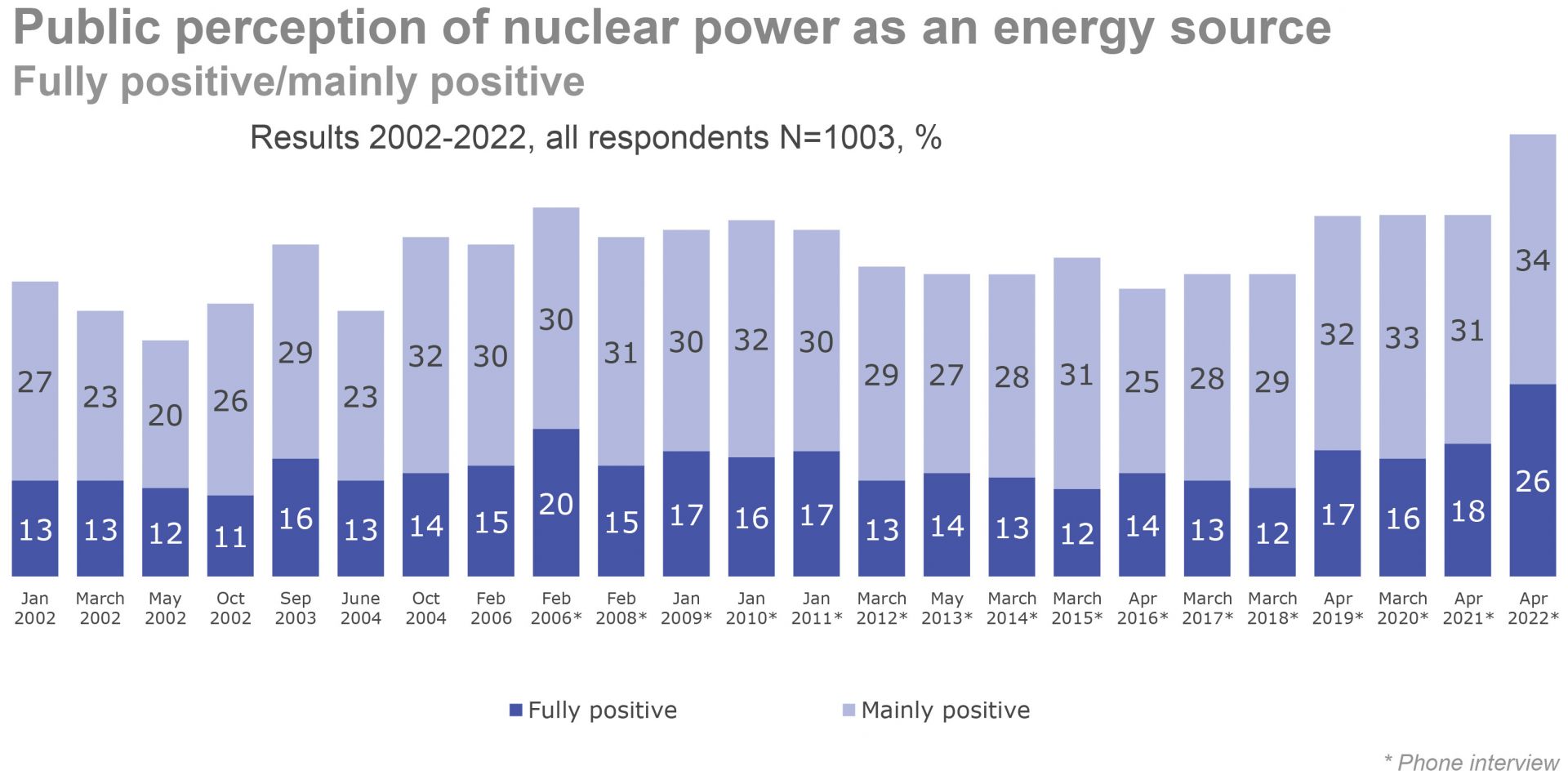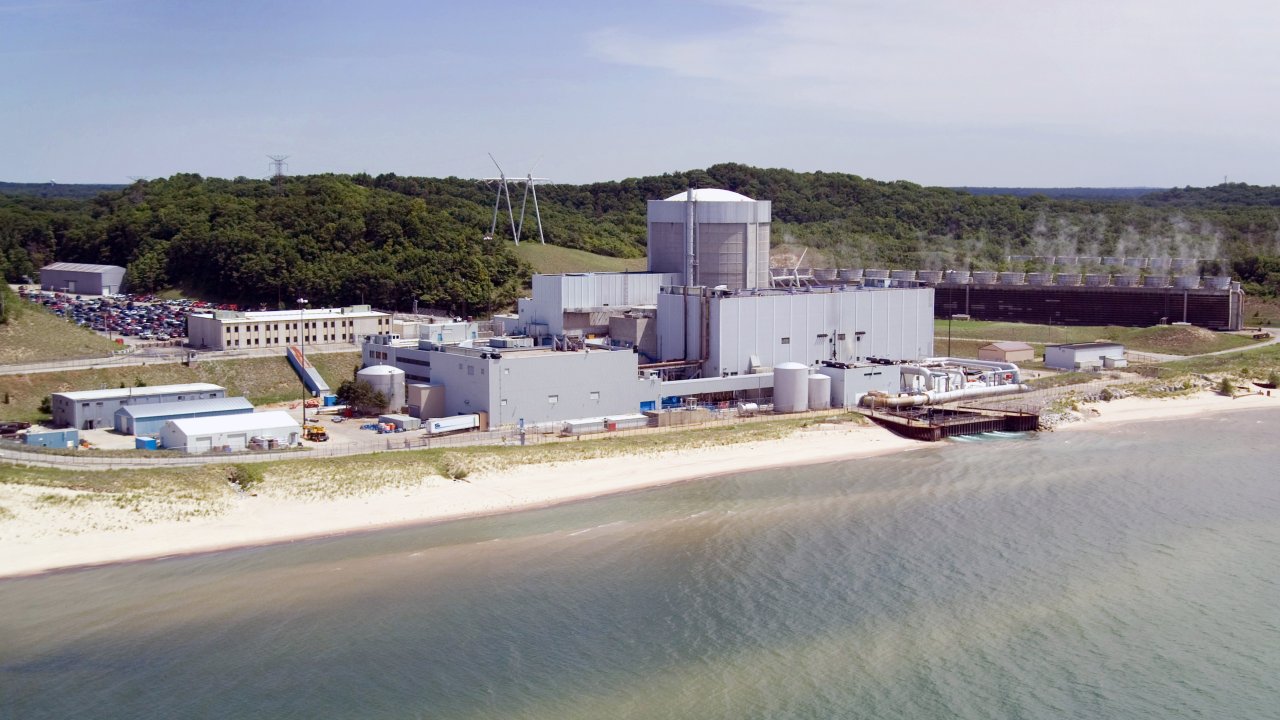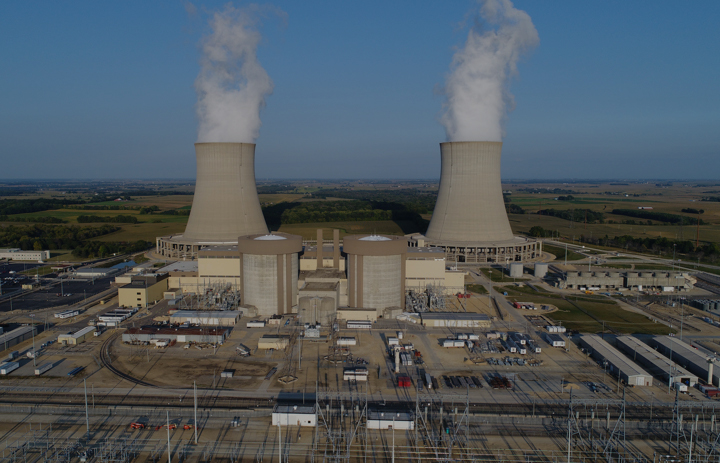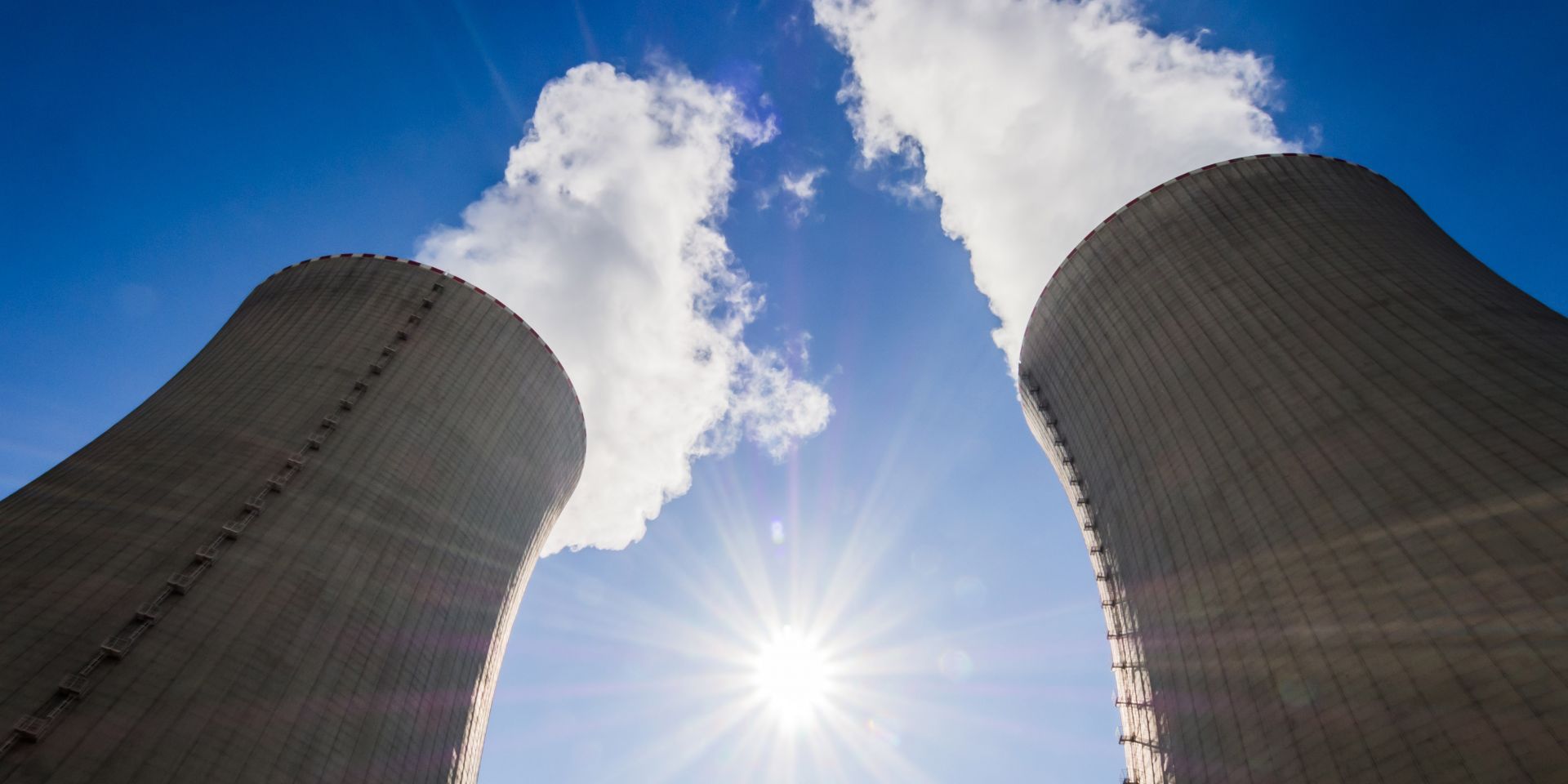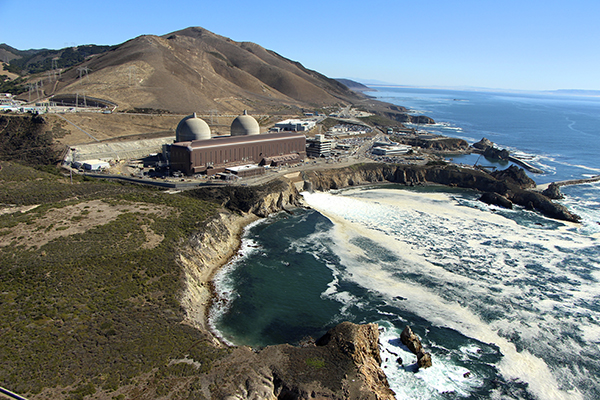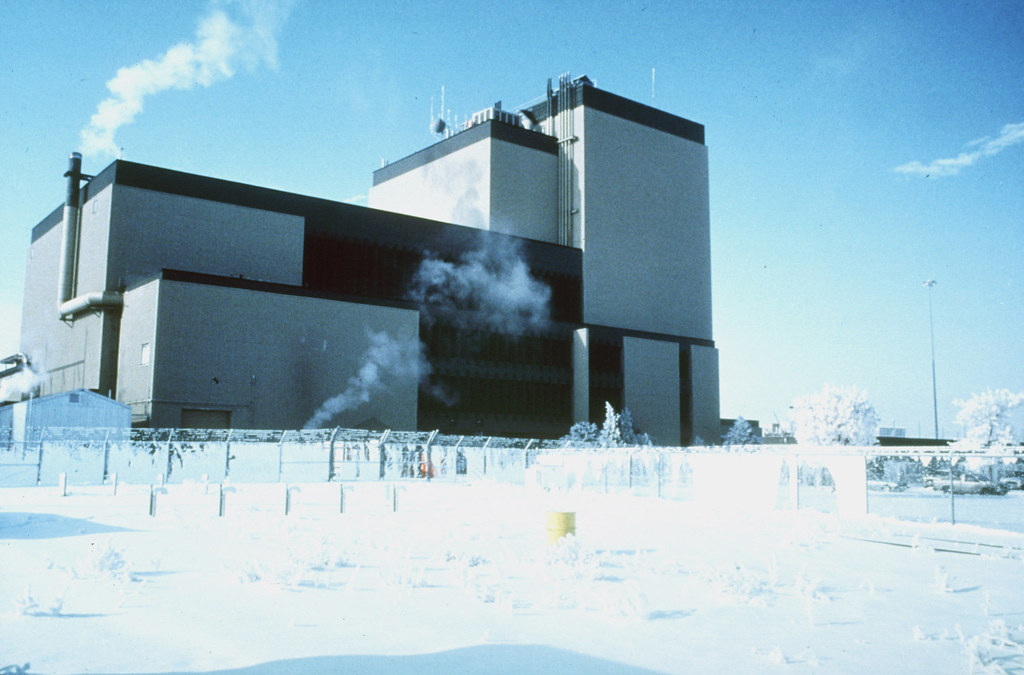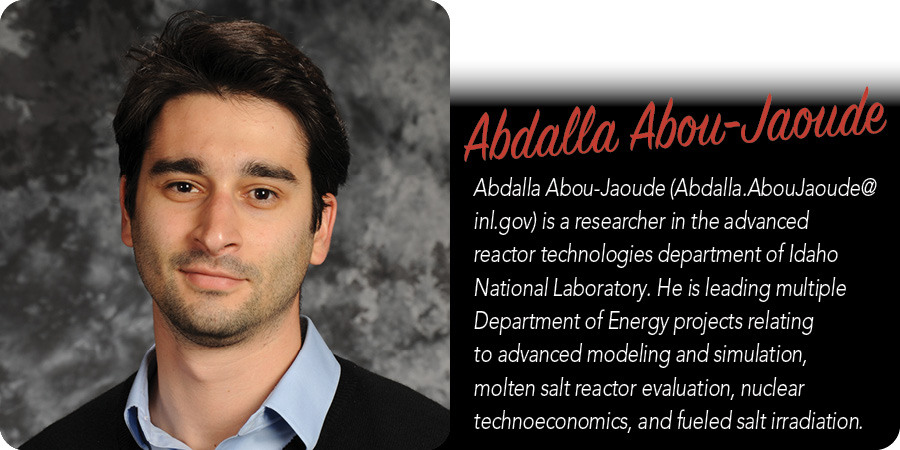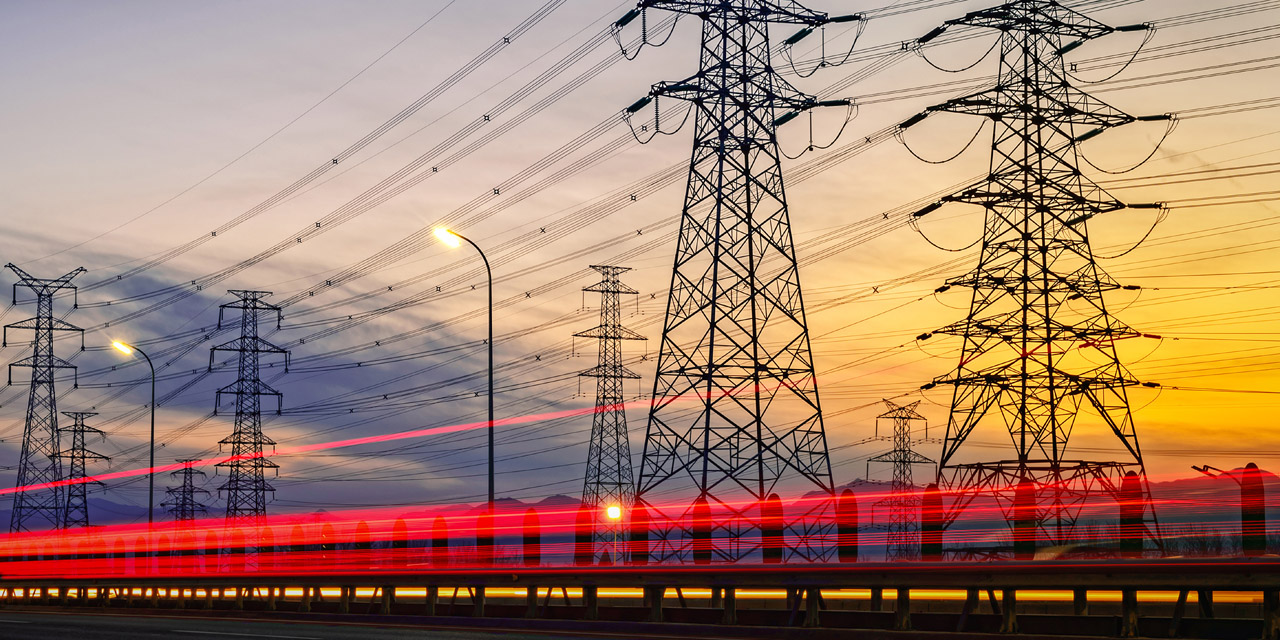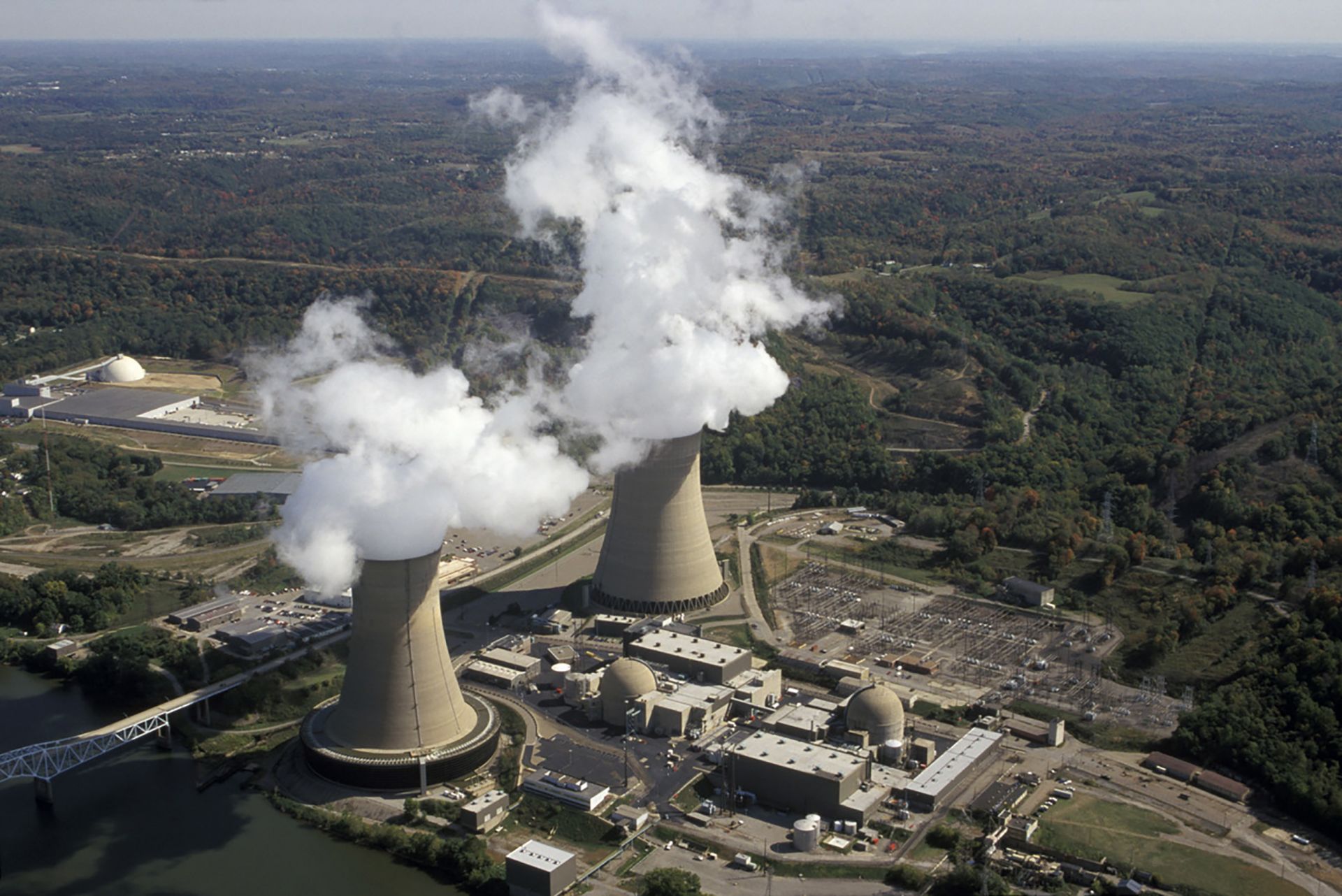Hinkley Point C’s Unit 2, in March of this year. (Photo: EDF Energy)
The target date for the start of electricity generation at Hinkley Point C’s Unit 1 reactor has been moved back to June 2027, following the completion of a schedule and cost review of the new nuclear build project, EDF announced last week.
While the review considered the main aspects of the project to construct two 1,630-MWe EPRs in Somerset, England, the schedule and cost of electromechanical works and of final testing were not examined, according to the utility.
The world's first AP1000 reactors to enter operation, Sanmen units 1 and 2, in China. (Image: Westinghouse Inc.)
Westinghouse Electric Company and South Korea’s Hyundai Engineering & Construction have signed an agreement to “jointly participate in global AP1000 plant opportunities,” the Pennsylvania-based nuclear technology firm announced on May 24.
The first overseas NuScale Energy Exploration (E2) Center is planned for Romania. (Photo: NuScale)
Small modular reactor developer NuScale Power announced on Monday the signing of a memorandum of understanding with Romania’s Nuclearelectrica to conduct engineering studies, technical reviews, and licensing and permitting activities at a site in Doiceşti, Romania, selected as the preferred location for the deployment of a NuScale VOYGR power plant.
The Palisades nuclear power plant
Despite last month’s strong (and many might say overdue) expression of interest from Michigan Gov. Gretchen Whitmer in extending the operational life of the Palisades nuclear power plant via the Department of Energy’s new Civil Nuclear Credit Program, the facility’s 777-MWe pressurized water reactor was removed from service last Friday—11 days prior to its scheduled May 31 retirement date.
Byron nuclear power plant (Photo: Constellation)
“Keeping Illinois nuclear plants open is saving some customers $237 a year on average,” reads the headline of a recent CNBC article about the Climate and Equitable Jobs Act, which was passed by the Illinois legislature and signed into law by Gov. J.B. Pritzker in September 2021. The legislation includes a provision to keep Illinois nuclear power plants open to meet the state’s clean energy goals, even if the facilities are not profitable.
Fort St. Vraine (Photo: NRC)
In a May 15 piece, the editorial board of The Denver Gazette has weighed in on Colorado’s continuing controversy regarding how the state gets its electricity. While the current discourse in the state primarily pits fossil fuels against wind and solar, the board asks, “How about an energy source that generates almost limitless power, leaves no carbon footprint, and produces practically no emissions? It’s nuclear power—as green as you can get.”
Energy Harbor’s Beaver Valley plant houses two reactors: Unit 1, a 939-MWe pressurized water reactor, and Unit 2, a 933-MWe PWR. (Photo: Energy Harbor)
Energy Harbor has signed a memorandum of understanding with blockchain company Standard Power to develop a large-scale carbon-free data infrastructure operation adjacent to the Beaver Valley nuclear plant, located in Shippingport, Pa.
In its May 9 announcement, Energy Harbor described Standard Power as “a leading infrastructure service provider for advanced data processing companies and a leading hosting provider for blockchain mining companies.”
Energy Harbor is based in Akron, Ohio.




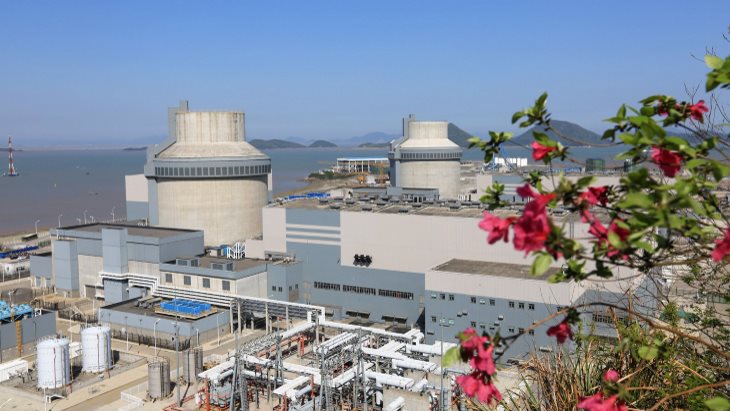-2018.jpg)
